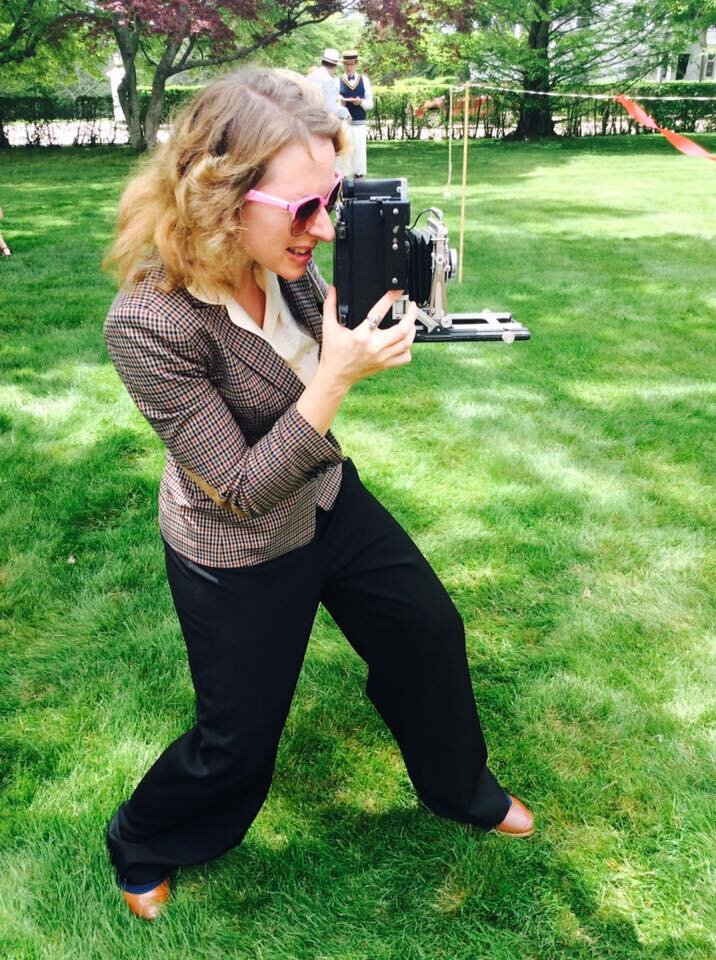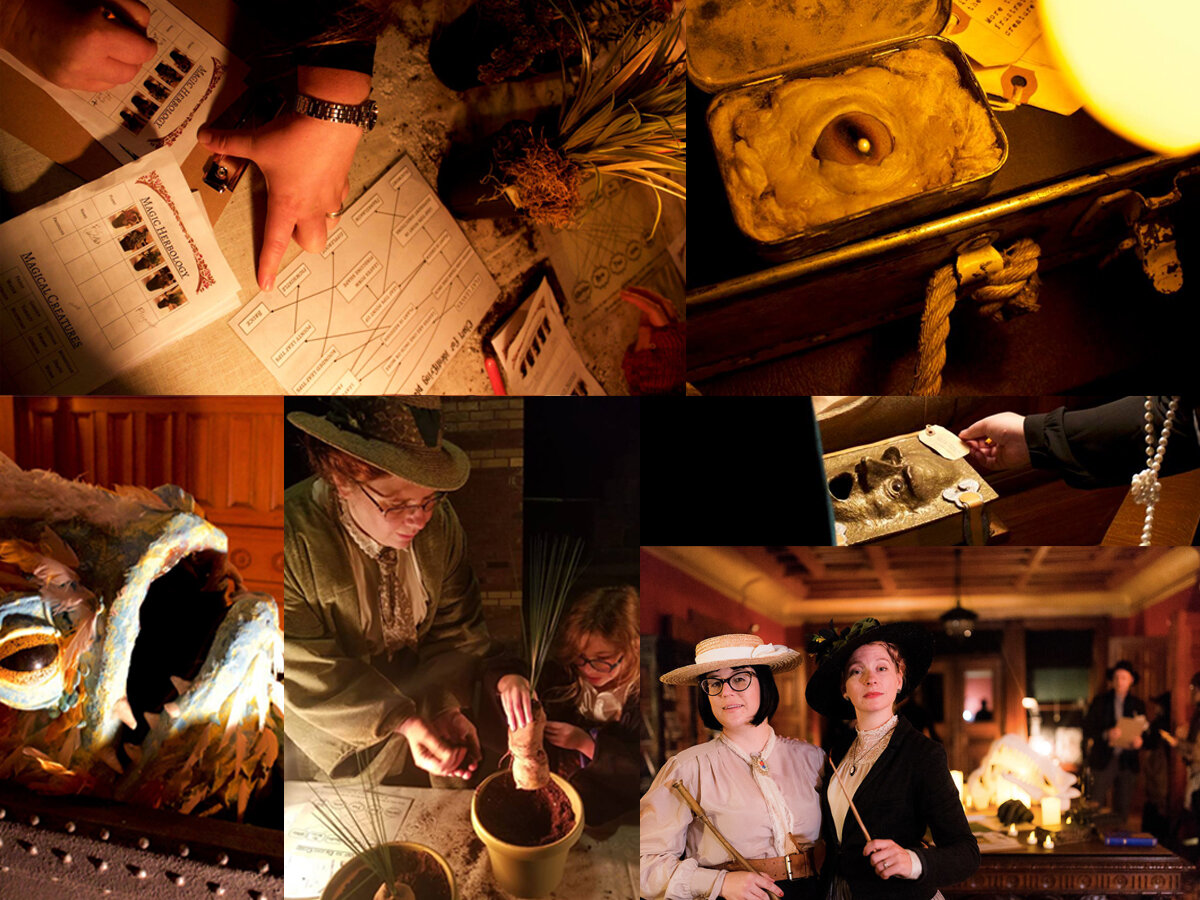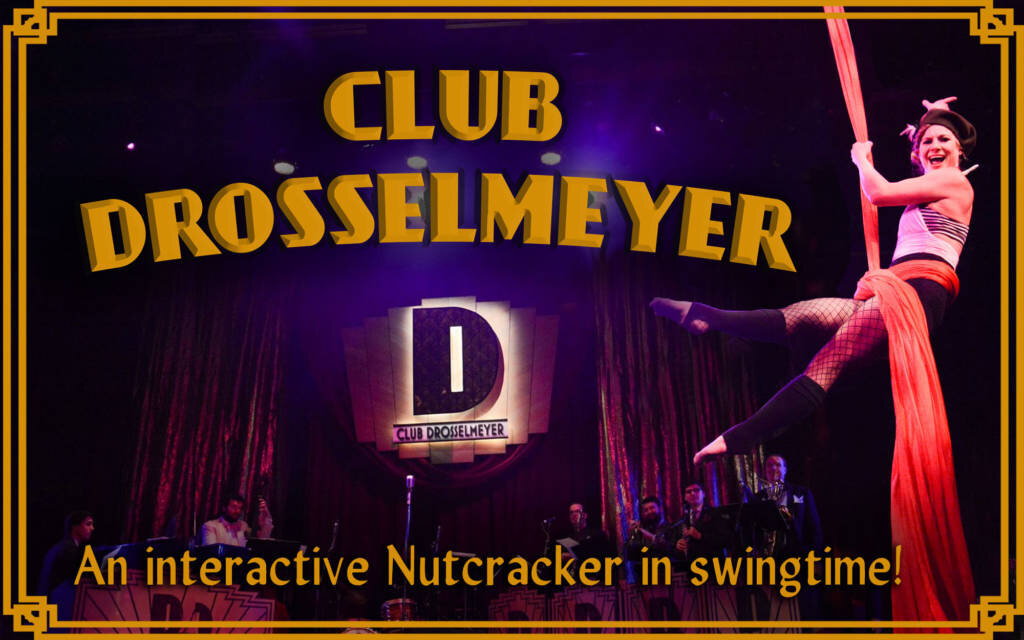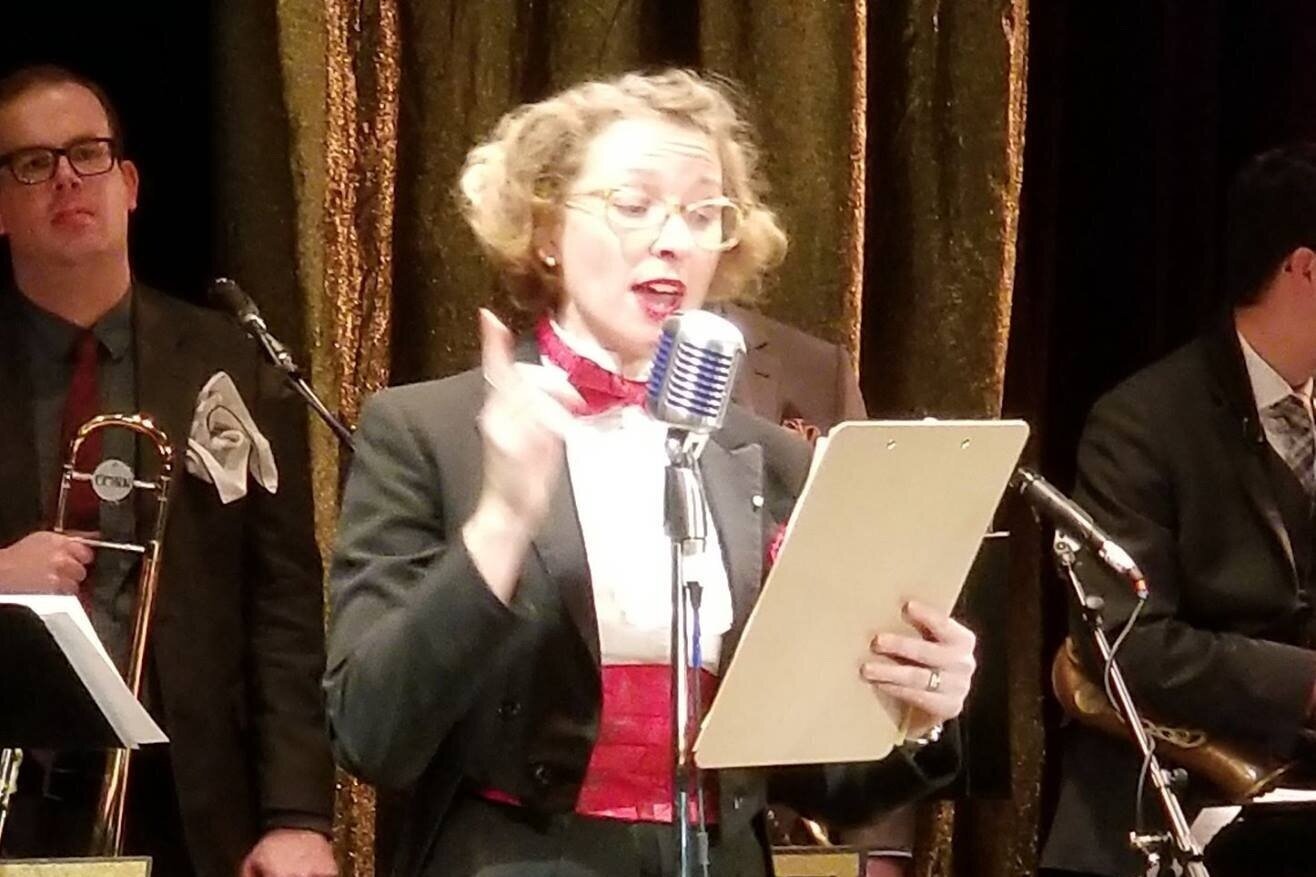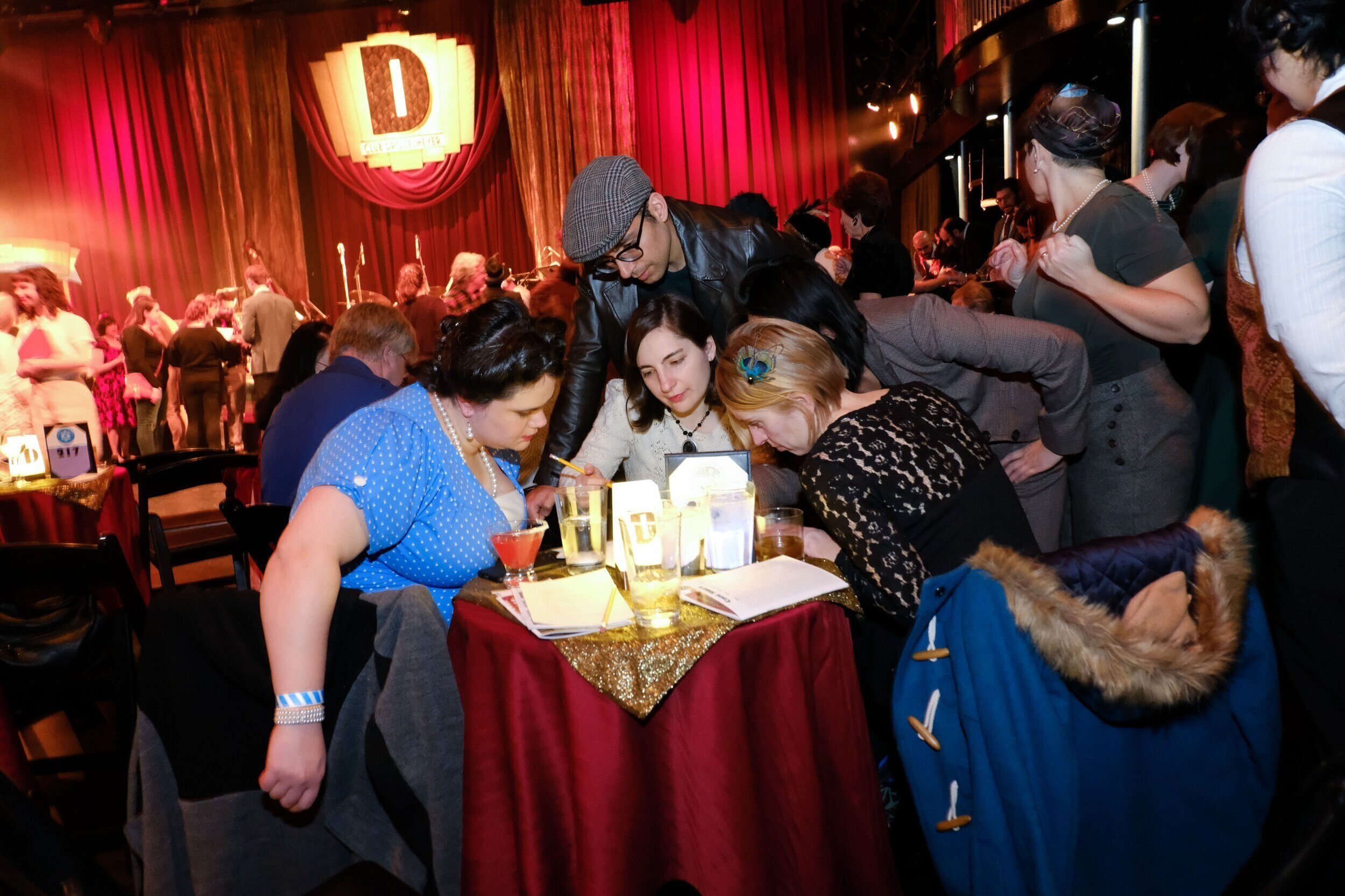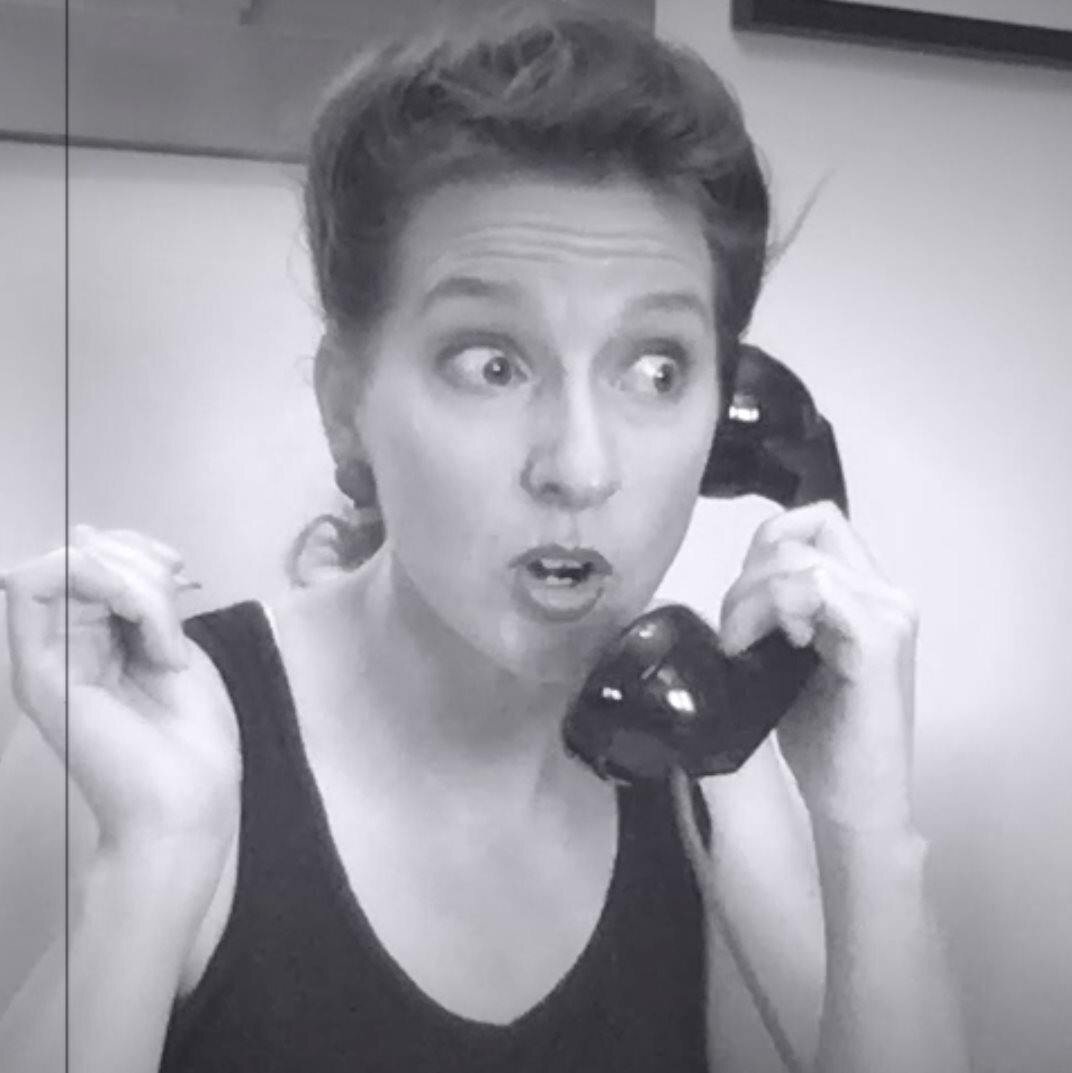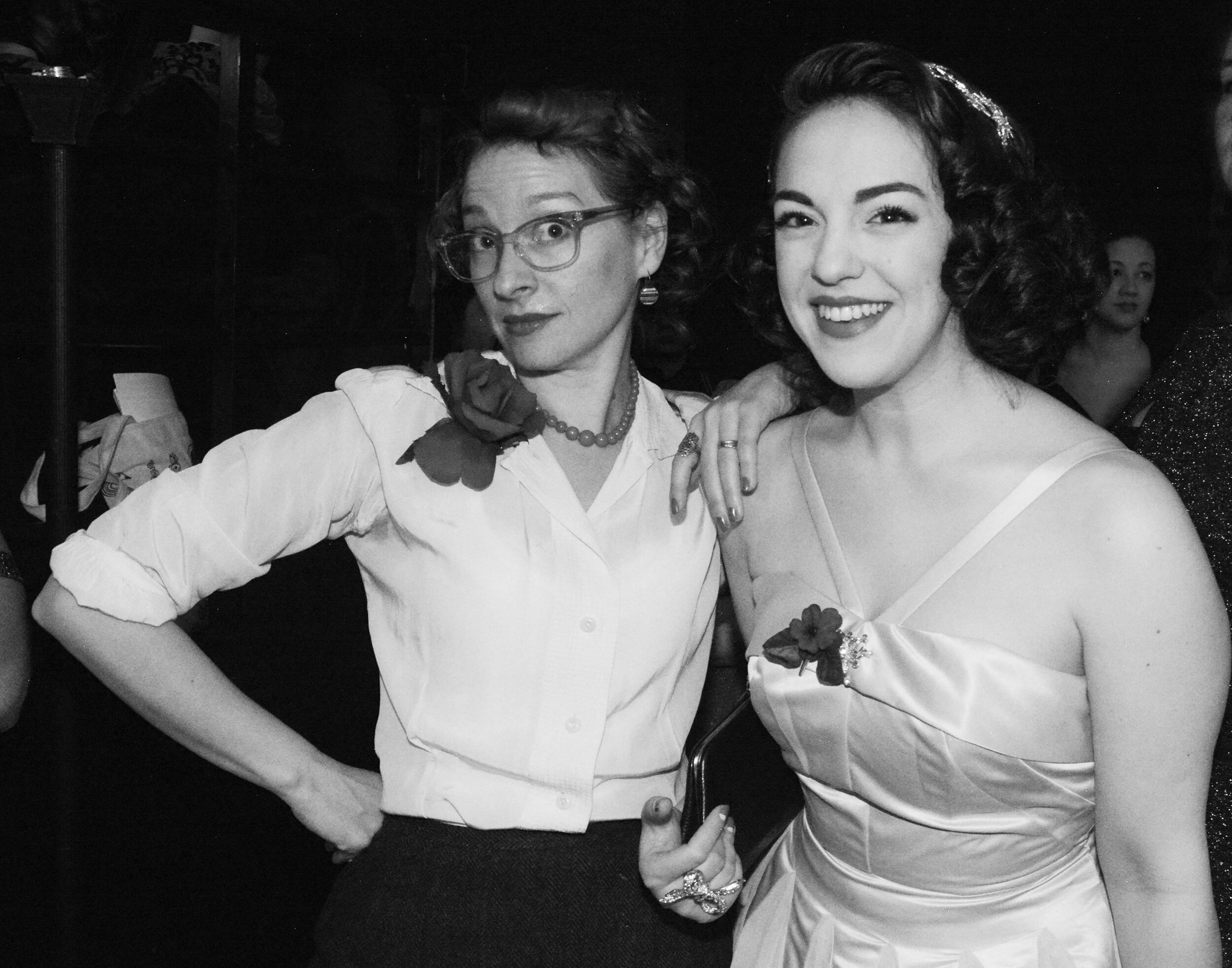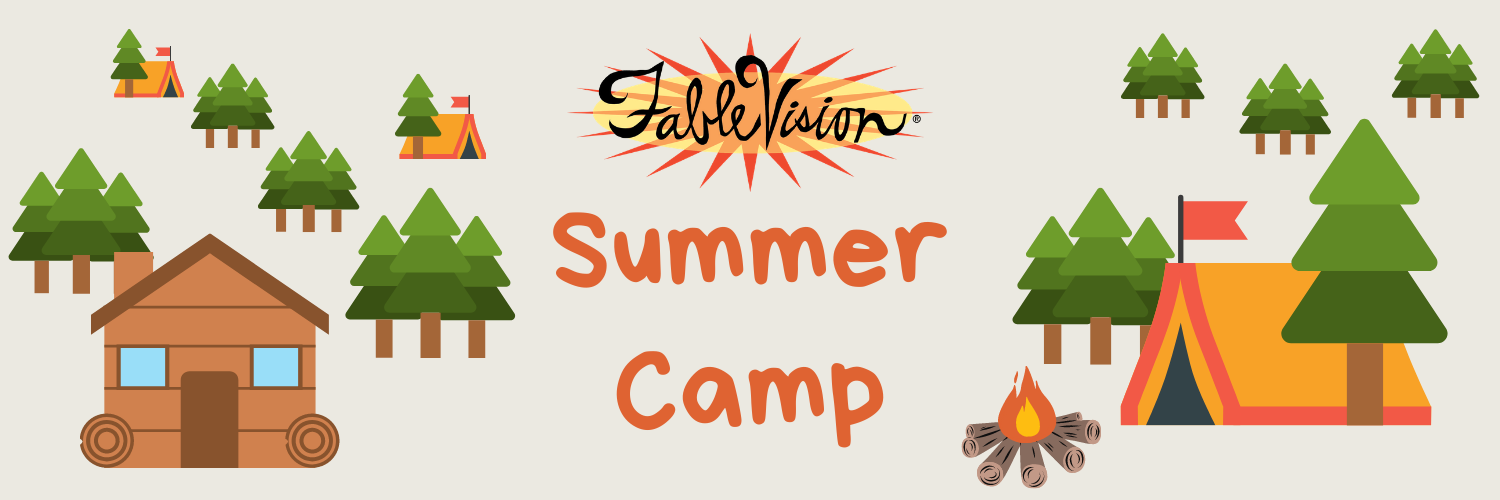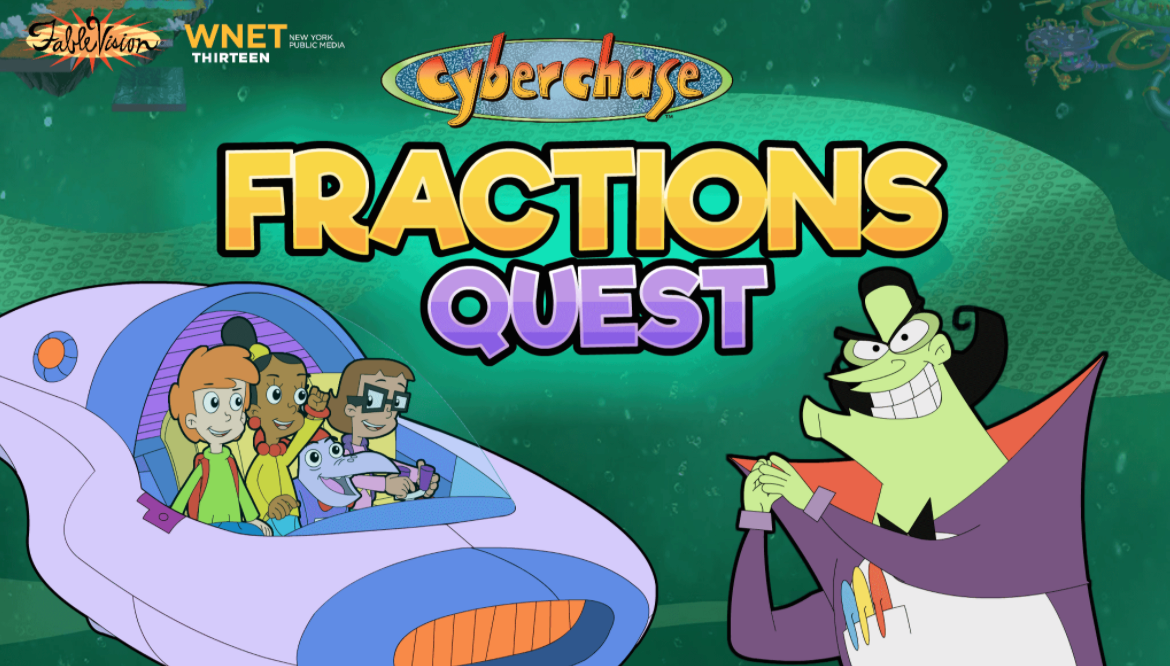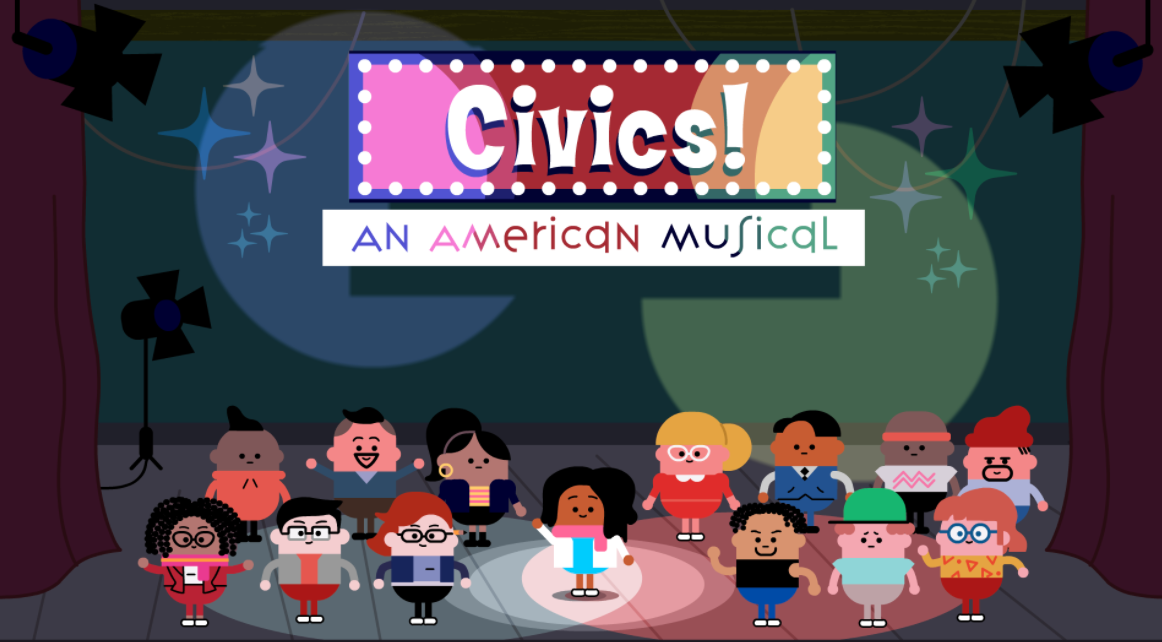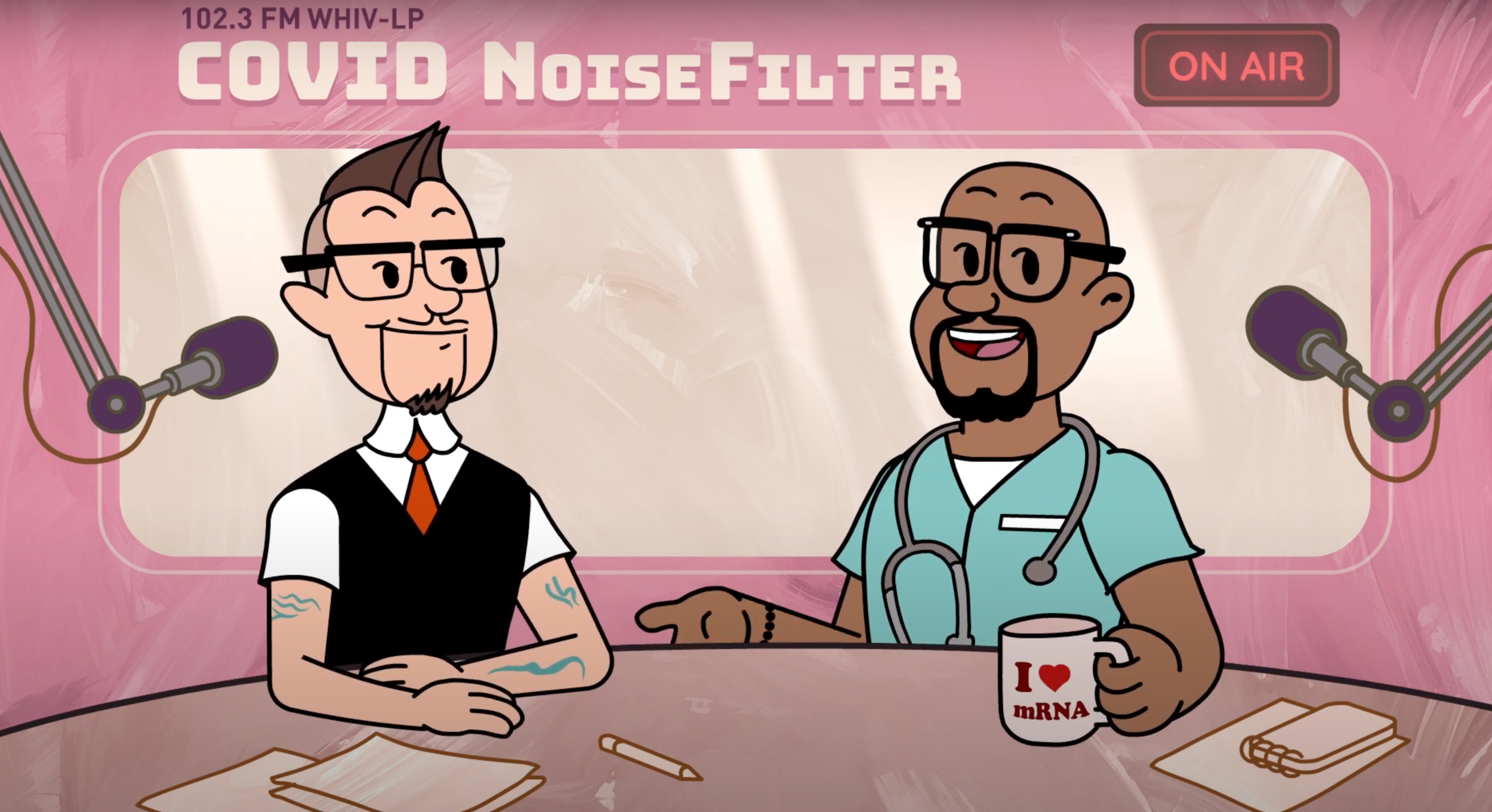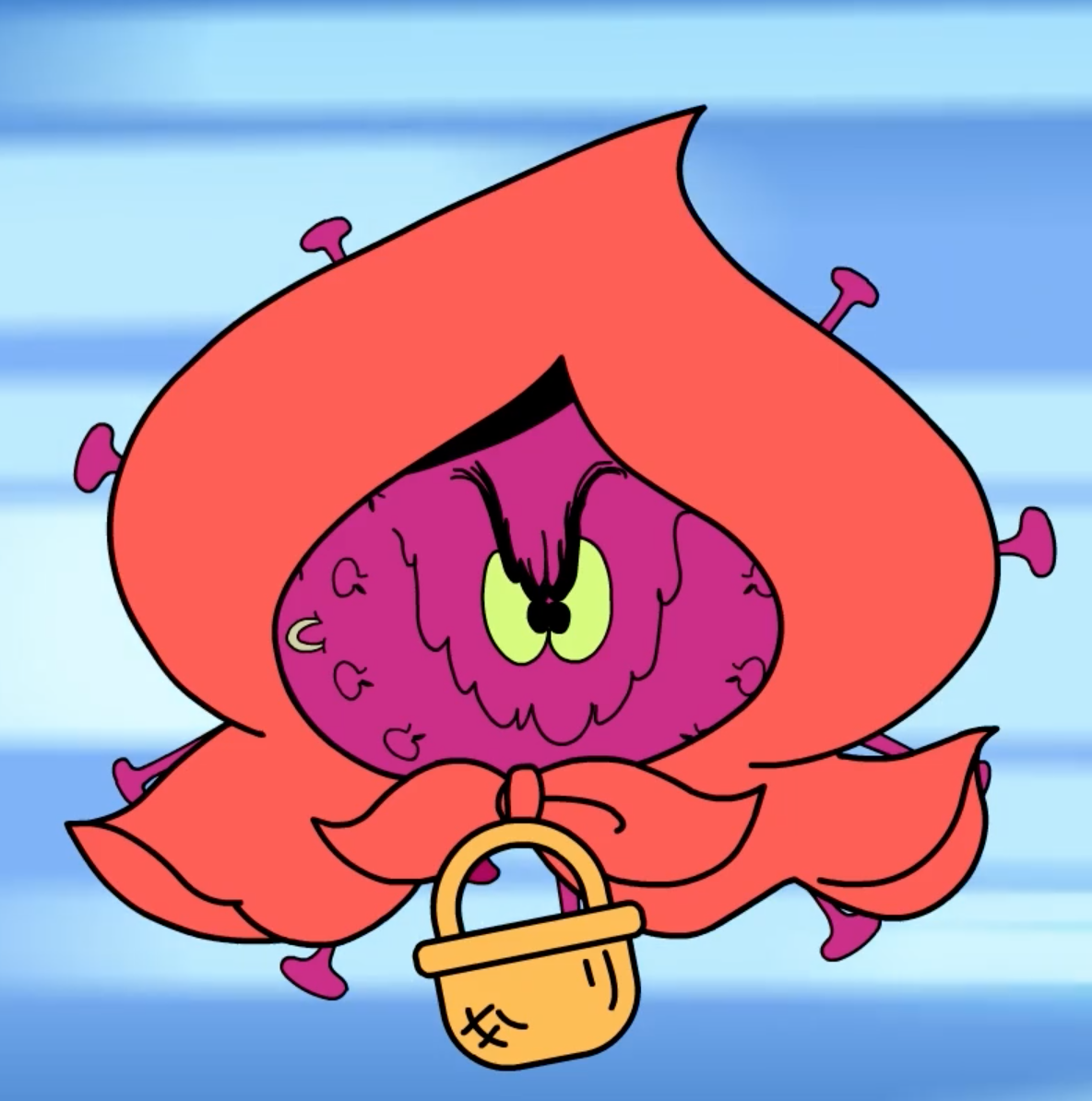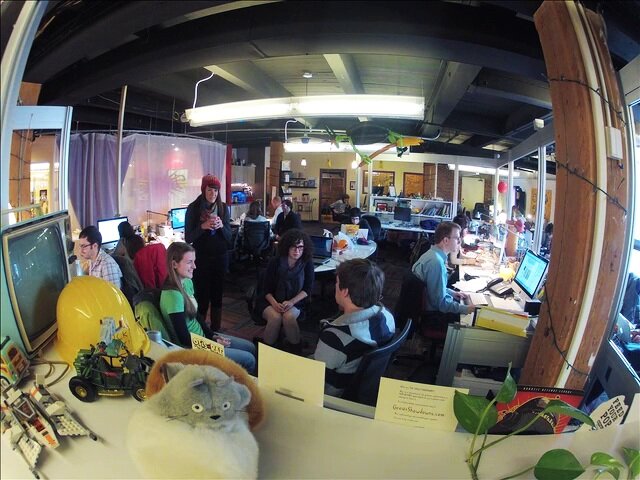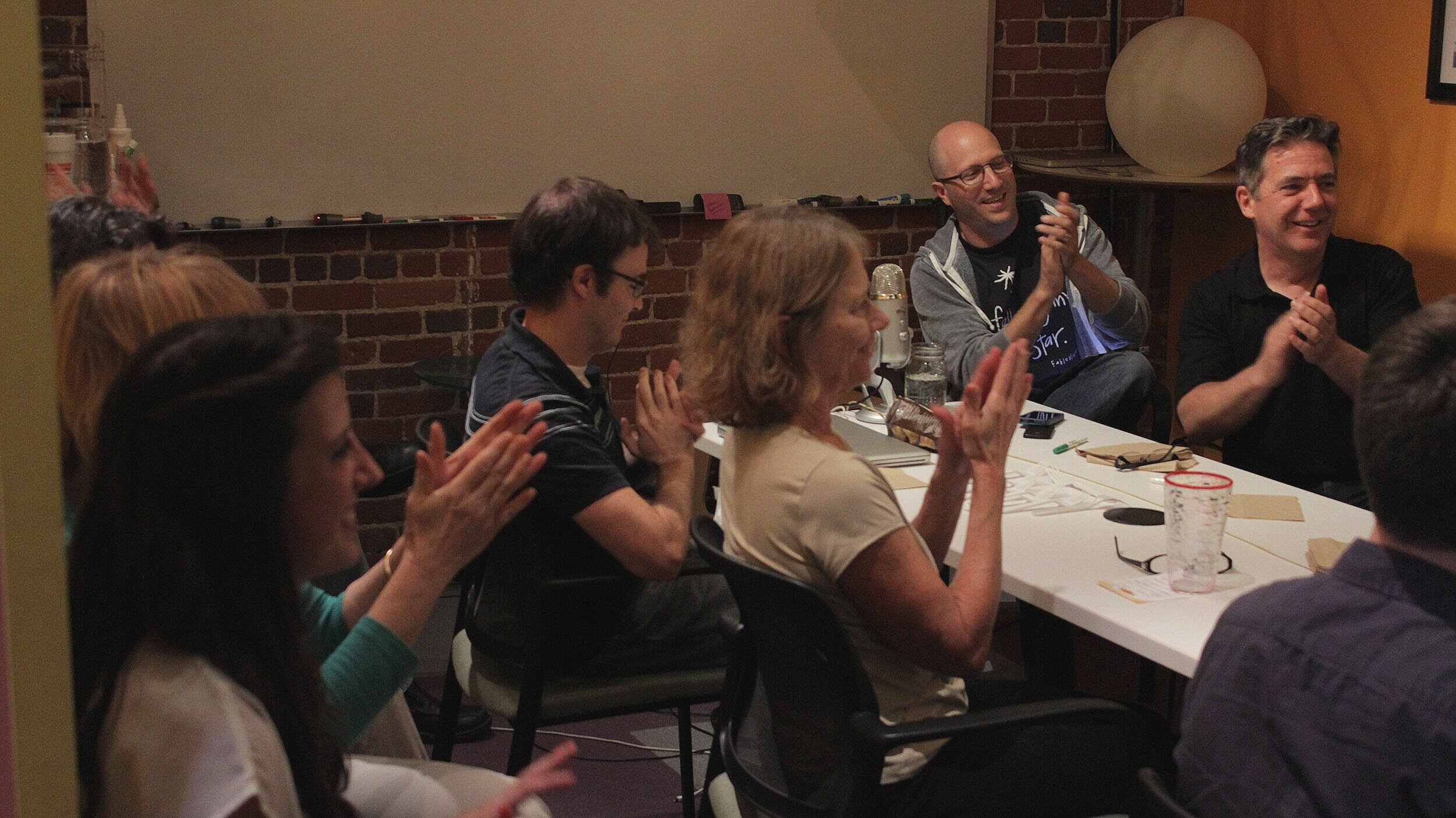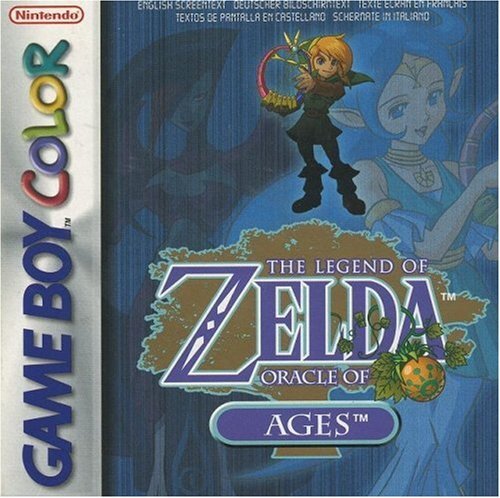Galleries, Libraries, Archives, and Museums—this is Kellian Adams Pletcher’s world of G.L.A.M. and we’re all just living in it. With her large, bright smile and signature enthusiasm for immersive learning experiences, Kellian recently joined the FableVision team as the Director of G.L.A.M. Innovation. The studio has a long history of working with informal learning spaces, including museums, and Kellian’s background in imaginative, game-based work will help FableVision grow its partnerships with the G.L.A.M. community through the merging of physical and digital worlds when engaging the public.
“I’ve worked with museums across the country and across the world, and I absolutely love it,” says Kellian. “I’ve also always loved FableVision—I’m impressed by the projects, games, and everything the company builds. I’m excited for my new role and to build museum games for a large studio with an incredible team.”
Through her work at Active Chinese, SCVNGR, and Green Door Labs, Kellian joins FableVision with 12 years of experience in crafting immersive experiences through creative and strategic game design. As the mastermind behind Green Door Labs, a company that builds site-specific games and adventures, Kellian has created custom mobile games, cultural institution games, and interactive theater experiences, for clients like The Metropolitan Museum of Art, The Smithsonian, The National Parks Service, The USS Constitution Museum, and many more.
Kellian’s passion, creativity, and extensive experience makes for the perfect new FableVisionary. Read more to learn about Kellian’s G.L.A.M. journey, theater projects, museum knowledge, and love of swing dancing!
What is your journey to FableVision story?
I’ve run into FableVision’s team and work a lot in the last ten years at Green Door Labs and I always had so much fun with them. I told myself that if I wasn’t at Green Door Labs, the only other company I’d really want to work with was FableVision. As an independent studio owner, I have to say I was pretty burnt out after the pandemic, and I considered entirely shifting directions. Luckily, I caught up with Gary Goldberger, and he told me I could do what I do, but with the support and energy of a larger team with FableVision! It had honestly never occurred to me that I could continue building museum games, such a niche profession, at a larger studio, so I’m really excited to imagine what we might be able to build together!
Why are informal learning spaces important?
Learning is social and it’s best achieved when people are relaxed. While a K-12 school is essential, it’s a pressure-cooker environment for kids. On the other hand, informal learning spaces allow children and adults to learn in a way that’s authentic and organic. People can discuss with each other why certain pieces do or do not resonate with them, while also learning their history. Museums increase empathy and kids that go to museums at least once per year show an increase in ability to empathize with other people.
The secret of the G.L.A.M. world is that G.L.A.M people find magic in objects and they connect people to that inherent magic. It’s hard to throw away an old t-shirt or a childhood teddy bear because they have meaning to you—even if you know the object itself is monetarily worthless. Galleries, libraries, archives and museums help us understand which objects have the right magic for our times and how to make sense of it. G.L.A.M.s use objects to address deeper issues of how we attribute meaning and value in our lives—a concept that gets fuzzy sometimes in the world of intangible ideas. That’s also why museums can keep such gigantic collections—one never knows what will be relevant to people in the upcoming years. For example, objects created by and for American and European white men aren’t as salient in 2021 as they were in 2000. However, museums that have been wise enough to collect objects and art created by and for women and people of color suddenly have found that those objects have a whole new resonance for all people today!
What are you hoping to work on in the future at FableVision?
I have big ideas! I’m really excited about the European market because European museums (with the exception of Great Britain) have been traditionally more conservative than American museums when it comes to building game-based interactives or creative programming in their galleries. Now that they’ve seen how games and story-based exhibits in American museums have been reliably successful, European museums don’t think it's a “crazy” new approach anymore and a lot of them are curious about what can be done there.
I’m also interested in projection mapping, which is a fantastic way for visitors to interact with museum content. I was blown away by what was done with Connected Worlds at the New York Hall of Science a few years ago, and the technology has only improved and become more robust since then. Museums like the National Palace Museum of Taiwan’s Children’s Gallery 2.0 use this wonderful combination of animation and objects. Projection mapping is starting to appear in large, mainstream gallery exhibitions, like Tokyo’s teamLab Borderless or the traveling immersive projection Van Gogh exhibit. With FableVision’s incredible art and animation team plus our game design and development chops, I think we can create some interactive projection mapping installations that could knock your socks off!
And what’s your approach to immersive projects?
I don’t want to get distracted by the perfect thing I could create if I had buckets of liquid cash because that’s seldom the situation in the G.L.A.M world. We want to figure out how to build the best possible project with what we have. I’ve developed a system to figure out what my design parameters are and that direction makes me more creative! It’s very seldom a blue sky so I systematically list out a project’s goals, resources, and restrictions and boil that down to a smaller subset of possible projects. We take a look at the funnest options that fit our design parameters and go from there. I find that the problem with creativity often isn’t too few ideas—it’s too many! A lot of it is the process of taming those big ideas into something that can really shine.
How did you get started working in the G.L.A.M. community?
I started out as a middle school teacher, which I suppose is not too hard to imagine if you talk to me for more than ten minutes. After teaching in Shanghai for five years, I received my graduate degree in teaching to launch my teaching career in the U.S. However, I also worked as a producer at an educational video game company in Shanghai that built language learning games and created fun stories. I got bitten by the game design bug! After you’ve done that, it’s hard to give up interaction design and return to a regular K-12 classroom. I wanted to continue creating crazy new interactives!
SCVNGR, a 2008 start-up that focused on social location-based gaming for mobile phones and later launched LevelUp, brought me on as the head of museum projects. It was the wild west—no one knew about location-based gaming and museum games at the time. My education background allowed me to help museums express their learning goals. As I worked with different people from museums across the world, I realized that they were my people, my tribe.
How have you seen the G.L.A.M. spaces react to the pandemic and what does that mean to the future of informal learning spaces?
There’s a long history of museums in America battling between academia/curation and education. Some lean toward the idea that museums are academic institutions that publish papers and do academic research, while others focus more on how museums are living, public spaces that draw and educate crowds. The pandemic shifted museums toward collections and many laid off staff in the education space. Although it’s devastating, it’s not surprising, and educators hope that this will balance out in about two years. While museums suffered during the pandemic, because the U.S. has a lot of smaller, quirkier museums (like the Hammer Museum in Alaska that I visited), people rallied to save the spaces they care about. You have a lot of special diamonds in the American museum system.
Another interesting thing is that a lot of the laid-off museum staff have become freelancers over the last year. As opening museums think about their physical spaces and their limited staff, they’re turning to their former staff, who are now independent contractors. While museums previously created a lot of in-house projects, I predict they’ll now be turning to other companies or outside sources.
How did you go from designing museum games, like Murder at the Met, to immersive projects?
There exists more overlapping between the two than people expect. I’m part of the Boston Playable Theatre Project, I taught as an adjunct professor in game design at Northeastern University for four years, and I’m friends with a lot of game designers in Boston, like Lizzie Stark, Caro Murphy and Celia Pearce. Boston has an amazing games community and games became part of the immersive scene really naturally here. So it was a natural transition for me as well, especially since my specialty is location-based games that involve a physical space. I’m best at getting people interacting with technology in a physical space.
Can you talk about some of your immersive theater projects?
At my company Green Door Labs, a Boston-based indie game design and production company, our first immersive theater project was Club Drosselmeyer 1939. A recreated swingtime Nutcracker set during WWII, it has elements from live-action role playing, escape rooms, and immersive theater cabarets. Last year, due to COVID-19, we did an audio Club Drosselmeyer, where audiences would listen to a radio show online, call different telephone numbers as they completed puzzles, and reach seven different endings. I’m hoping to do a full, in-person Club Drosselmeyer again this year. My swing dance community has been such an important resource because I’d contact my friends and be like, “Danny, let’s rewrite Nutcracker in swingtime” or “Elise, let’s get an eight-piece swing band!” Last year we also created the American Society for the Protection of Magical Creatures, an online puzzle-solving game about a magical nonprofit working to protect the magical ecology.
And lastly—you love swing dancing?
Yes! Before COVID-19, I would go dancing in the evening until 11 p.m. and then we’d go out for ice cream—at least three times per week. I’ve been dancing for a long time and I have a team called the Boston Lindy Bomb Squad, which does Lindy Bombs that focus on music, fun, and community. Every summer, we also participate in the Roaring Twenties Lawn Party at the Crane Estate. Everybody brings picnics, we wear our 1920s hats, dresses, and gloves, and we dance all day to live music.
More About Kellian
Favorite era or decade? Definitely the 1940s—it’s the first time in the U.S. when women see real agency and independence that’s recognized by U.S. law. They began to own businesses, take leadership roles, and enter universities at higher rates. As women were employed in industry, publishing, and computing, the establishments started to realize during wartime that women are an essential addition to the workforce and public life. It was also the first time that women in the U.S. were accepted into the military, starting with the U.S. Army Air Force. Women Air Force cadets, also known as WASPs, served in clerical and mechanical roles. Some women pilots even ran domestic flight routes! (Though the first American female combat pilot didn’t fly until 1993.) I love the music, art, and imagery that showcase a sense of rebellion and joy in this dark time in history.
Favorite museum? Isabella Stewart Gardner Museum—I love the story of Isabella and what she collected and how. She was such a force of nature. For instance, the Rape of Europa is one of the most valuable pieces of art in the world and it’s not sequestered in a perfect room with perfect lighting. Isabella hung it right above a swatch of fabric from her favorite dress. Why? Because she really liked that dress. And the Titian was OK, too. She was so human, and there’s nothing like a regular person to add some humility to a great Titian masterwork. I love that humanity and the fact that the museum can’t rearrange her collection from how she set it. The Gardner allows you to see the art for what it is, not what it’s supposed to be. The Peabody Essex Museum is a very close second. I love that it’s the oldest museum in the U.S. and that it includes so many wonderful things—I could stay there forever! Fashion, natural history, classical art, Asian art, Asian export art, an actual house from China, contemporary art, oddities, and historic New England buildings—the PEM has it all!
Favorite game? Quandary—it teaches the process of decision making, demystifies compromises, and helps kids understand the difference between fact and opinion. It’s a perfect game for middle schoolers because it’s so clear and logical. I think adults could stand to play it as well!
Favorite book? Baroness Orczy’s The Scarlet Pimpernel—what isn’t there to love? There’s a hero husband, a genius wife, secrets among them, secret identities, and the saving of nobles in France. Recently, I’ve been reading Terry Pratchett’s Discworld series.




